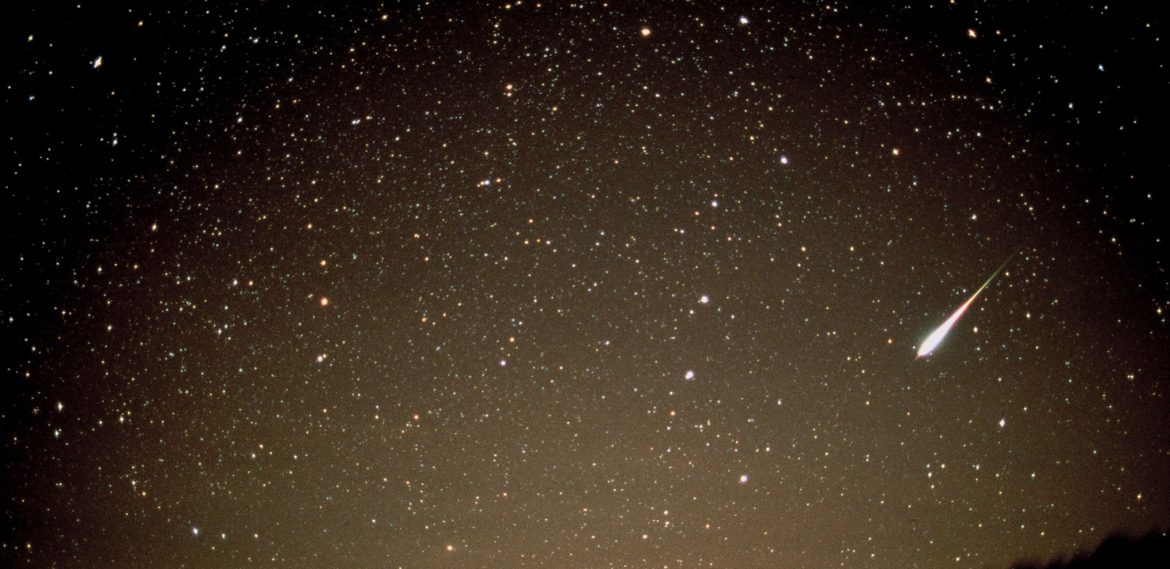Don’t forget to look up at the sky tonight. There is going to be a meteor shower easily visible to the naked eye. It’s best to view it from a place without artificial lights. I’m thinking camping.
Binoculars and telescopes won’t be necessary to see this “rain of stars.” The meteor show originates from the comet Halley and the constellation of Aquarius, according to the instructor of the Planetarium of the University of Costa Rica.
50 meteors per hour are expected. Because the new moon was yesterday, we have increased chances of spotting the meteorites appearing to fall. To determine where the constellation is in the sky one can use the apps Sky Map and Stars Chart.
Other meteor showers are expected between July and August. One will arrive between July 12 and August 19, with a maximum peak around July 28. Another will be between July 17 and August 24, with a peak on August 13.

